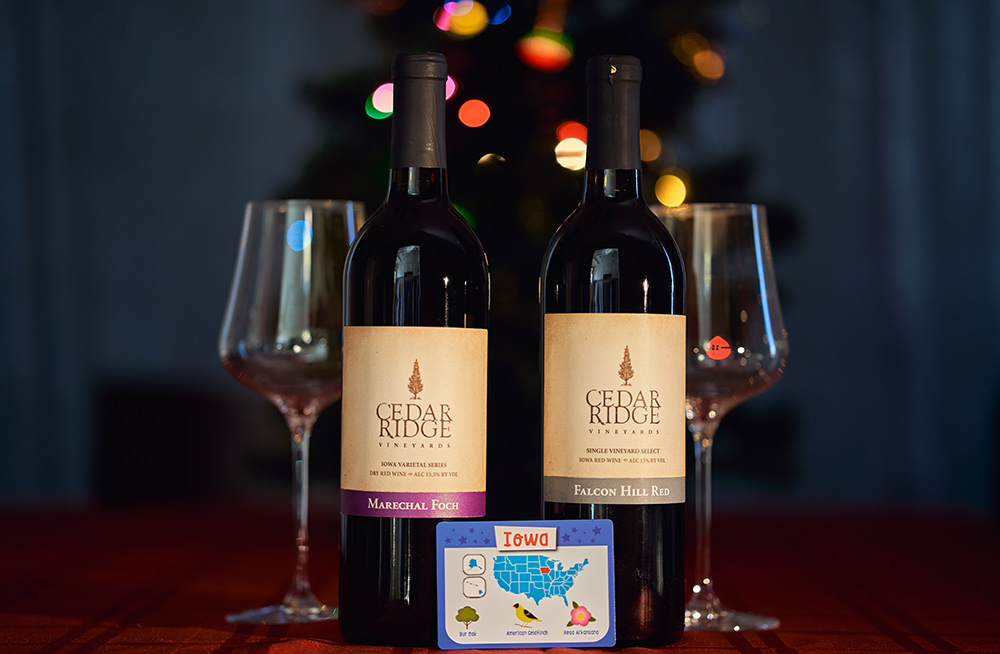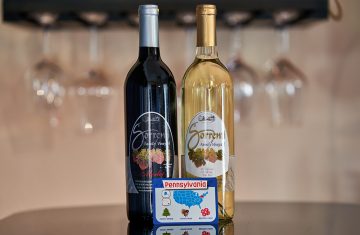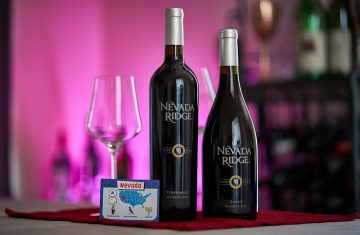Iowa is another one of those Northern states that seems to be winning the battle against its own climate to have a successful wine industry. Within only a few minutes of researching it online, I was quite surprised to see the number of Iowa wineries currently in business (over 100) and even more impressed to see so many of them have solid presences on the Internet. Their roughly 100 wineries ranks them within the top 15 states in regards to number of active wineries, which says quite a bit since their wine industry has only really been expanding for the last 20 years.
Like most of other states, Iowa had a booming wine industry in the late 1800s until Prohibition began and it would then take them almost 100 years to fully recover. Seeing this same story state after state makes me wonder how far along our wine industry would be in the US now if Prohibition didn’t happen.
Like Minnesota, who wowed me with their wines, Iowa has extreme seasonal temperatures due its northern location. This means extremely cold winters and humid summers which can make growing grapes rather difficult. Instead of giving up, these northern states tend to focus on hybrid varietals that are cold-hardy and can handle these difficult situations. That means that these wines are often overlooked by the larger wine community as they are not mainstream varietals and are often considered second rate compared to more famous varietals like Cabernet Sauvignon, Chardonnay, and Pinot Noir.
While I can certainly understand the connection to these well-known grapes, all of them were also at one point probably considered “new” and not as good as some more well known varietal we’ve long since lost to time. Many of those are also crosses of other varietals. The difference here is that the US has different climate challenges than Europe and can require native blending to create hybrids to be able to fight them.
It is winter here in the US and since we here in Southern California do not receive the bone chilling temperatures like the northern states, I’d celebrate their hard work by drinking their wines just before Christmas.
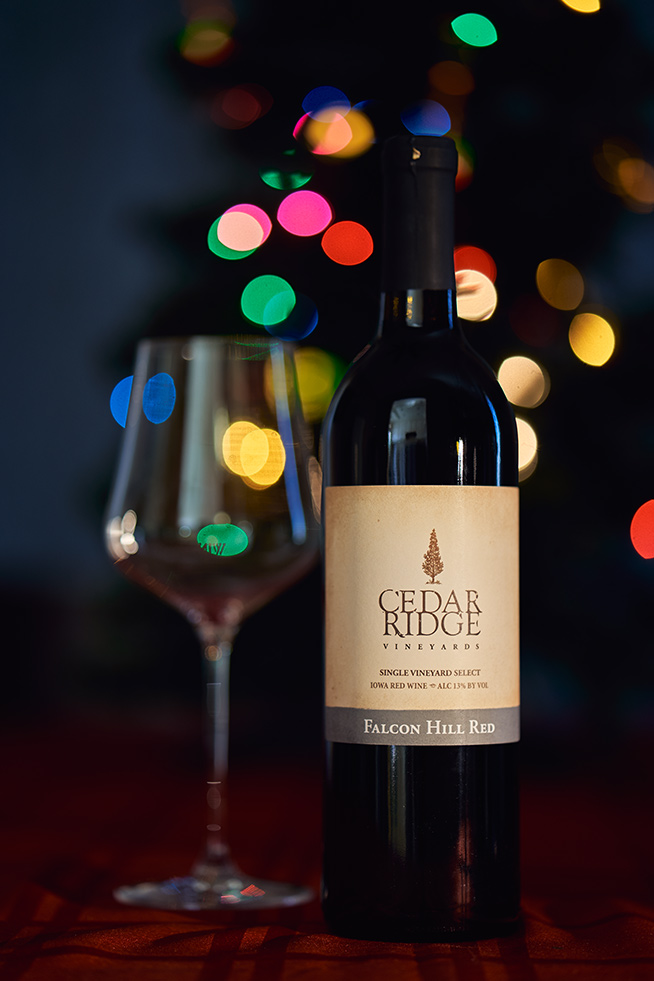
For my Iowa tasting, I chose wines from Cedar Ridge Vineyards located in Swisher, Iowa. They also make whiskey as well as other liquors so if wine isn’t your first choice, they may have something else you would like. Falcon Hill Red was my first wine from them. Its varietal, Petite Pearl, is a newer hybrid created in 1996 and was made to be resistant to many of the harshest diseases like powdery mildew, downey mildew, and black rot and will handle cold winters. Their Falcon Hill Red had an interesting earthiness on the nose with hints of some darker fruits on the tongue. I found its tannins and acids to be fairly mild.
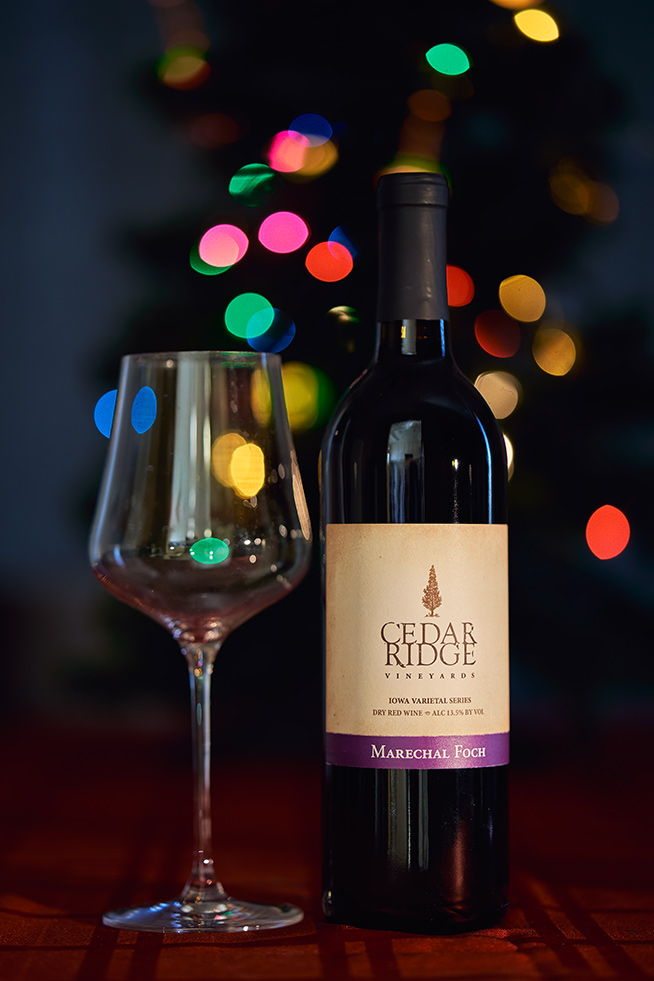
For my second wine, I chose their Marechal Foch another hybrid created in France over 50 years ago but more heavily grown in the US today. This wine was a bit less opaque than the Petite Pearl. It did have a similar earthiness on the nose but also herbaceous notes as well. It tasted a bit more fruity and there seemed to even be a bit of a fizziness on the tongue too. At least that’s how it felt anyway. Its tannins and acids were also slightly more mild than my first wine.
Between these two wines, I would have to say that I liked the Falcon Hill Red a bit more. It had a little more body to it and I seemed to gravitate towards it more. I feel like I’m finally understanding the differences between the major varietals and these hybrids. Many of these native hybrids have a foxiness to them that you just don’t find from the well-known varietals. This foxiness isn’t necessarily a bad thing and can vary depending on the wines I’ve tried. Just as often times Cabernet Sauvignon and its father Cabernet Franc may have a varying level of a green peppery aroma, these hybrids have their trademark as well.
Seeing at how fast the wine industry is booming in Iowa, I’ll definitely be checking back in to see what new wines I can try in the near future.
You can see a list of states I’ve reviewed on my main 50 Wines From 50 States page.

